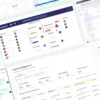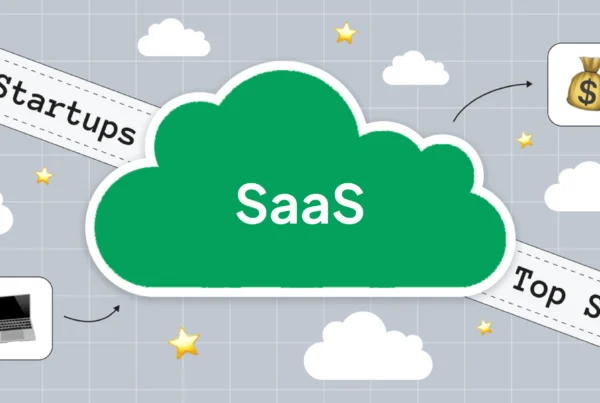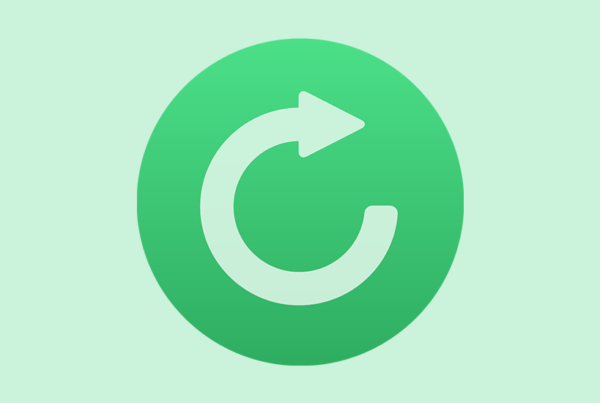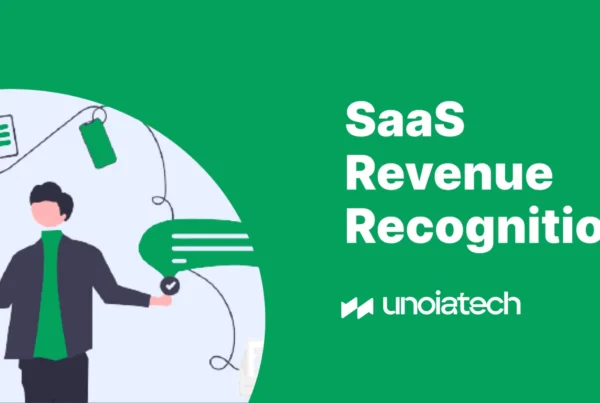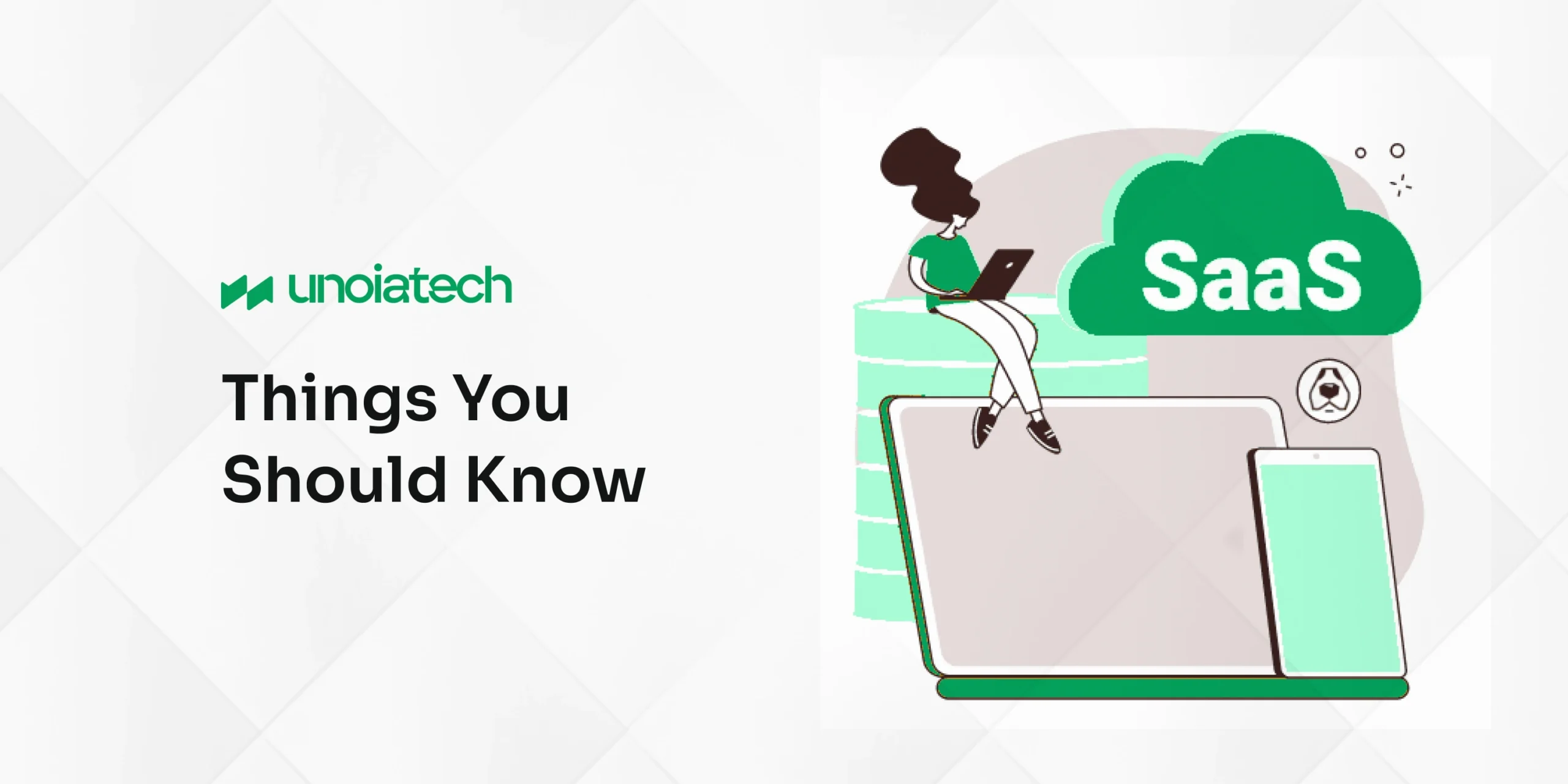
Before we dive into the question of what all there is to know about selling SaaS, it is first essential to understand what SaaS is and what SaaS sales mean. In brief, software as a service is the business of providing services to the user in the form of subscriptions that they buy. Cloud-based services are the future of technology and that is exactly what SaaS focuses on. It does not take up any storage as all the information is stored on the cloud and can be accessed easily.
How is SaaS Sales Different from Regular Sales?
Understanding the concept behind SaaS is not tough but its sales are more complex than your average application. It is not as simple as delivering a product to the customer as you normally do. The software needs proper engineering to establish and thus the sales team of SaaS needs to ensure a lasting customer relationship to ensure future sales. Since it is a cloud-based application, in order to sell it you will have to hire both Business Developer Managers (BDMs) and Sales Development Reps (SDRs).
The job of a business development manager is to recognize new opportunities for generating revenue and improve the sales statistics of the product. The job of a sales development representative entails increasing the outreach of the company and outsourcing. They need to convince the buyers of the benefits and lure them with the features. The representatives are highly knowledgeable of the product and so they demonstrate the working and solve the issues during the demo. The main objective is a saas sales team is to generate new revenues and move saas qualified leads through the pipeline.
SaaS Selling Basics
The one thing that all B2B businesses share is that all of them have a very well-planned sales process. The process of a B2B SaaS sales process involves the following steps.
- Lead Generation
This is the part where you generate the buyers’ interest in your product and lure them in with the attractive parts of the deal. - Outbound Prospecting
This involves reaching out to prospective customers via various social media like emails or direct dials or advertising through Instagram. - Sales Qualification
This is determining the ideal customer profile and then scouting for customers based on their needs and how your product is capable of fulfilling them. - Sales Demos
Demos are the key process in the sales of a SaaS product which is why almost all companies offer a free trial in the beginning to get the customer hooked to the product. A live sales demo helps the buyer evaluate your company better and naturally builds their trust. - Closing
This part of the deal involves negotiating the terms and making a sale finally.
The SaaS Sales Cycle
Determining your sales cycle includes a lot of steps depending on how expensive your product is. The more expensive it is, the more decision-makers are involved. So, the first step in determining your SaaS sales cycle is to consider the price of your product. Next, take into consideration how long you want the contract to last. Usually, the length of a sales cycle is 84 days. Other things affecting the sales cycle are given below.
- One-time fees
- Upsell and cross-sell revenue
- Customer churn rate
- ACV of all contracts added together
- ACV of all contracts for an average revenue number
- Free trial (If your cycle is too long)
Selling SaaS
After deciding on a sales process and sales cycle, the next step is to choose a SaaS sales model. A SaaS business model helps you to decide the number of people you need to hire and the steps needed for the growth of the company.
There are 3 SaaS sales models that you can pick from.
- Self-service model
This method is feasible for companies of small size because the selling price is low which makes it affordable. The main feature of this model is that it uses free trials to lure in customers and make them sign up. This model will help you utilize B2B marketing. - Transaction sales model
This is the most commonly used sales model because of its scalability. This solution is used by a large sales teams for a more personalized sales approach.
To include a transaction sales model you will need to make a marketing team and an aligned sales team who are provided with in-depth SaaS sales training. - Enterprise sales model
The last model, enterprise sales model, is the most expensive model and requires most customization and sales support. To incorporate enterprise sales model you will need product marketers, sales people, accountants and engineers to achieve an aligned customer service and client relationships.
Defining SaaS Sales Strategy
Your product’s worth is only fulfilled with the right sales strategy because that determines how well you are coming off to the customer and how they take it. There is no single saas strategy that is used by everyone and is the game changer. Every business requires a custom sales strategy according to the customer profile and the product.
The right sales strategy will skyrocket the growth of your company sending it in the right direction for a steady growth.
A few things that your strategy should focus on are:
- B2B lead generation
- B2B prospecting
- Closing deals
Creating your SaaS Sales Team
Picking the right members for your SaaS sales team is very important because they shoulder the responsibility of increasing your outreach and getting the product to sell.
Now the question that arises is how to build a SaaS sales team.
A few things that you should keep in mind while hiring people for your sales team are given below.
- Checking the background to ensure that the person is capable and has experience with selling software applications.
- Decide on the expectations you will set for potential customers.
- Deciding whether an SDR will fit into the company culture or not.
How to Get into Software Sales?
A prior experience in the same field is always useful but you can also start at entry level with the right expertise on the subject matter.
Since, SaaS is the future and the sales are really taking off, there are a large number of job opportunities in this sector including SaaS sales jobs. Rather than skills passion matters more for this job for the overall growth.
Proper training and education obviously gives you an edge for selection. Depending on your skill set, the jobs that you can land in a sales team have been described below:
- Sales Development Representative
This is the entry level job and if you have an experience of 0-2 years, you can apply for a junior SDR role. The skills required for an SDR role are written and spoken proficiency in English language and a strong desire to learn. This fast-paced industry will throw challenges at you from time to time and force you to grow and exceed sales goals and targets which will hype your career.
- Account Executive / Manager
This role calls for an experience of 2-5 years in this field and can promote you to a managerial role or mid-level account executive position. This role requires you to make decisions for the whole team so you need to be strong headed and confident in your decisions.
The technical aspects of this role demand you to be knowledgeable of CRM systems and have strong analytical and communication skills and experience in mentoring people.
- Sales Manager / VP
This is a senior role which requires an experience of 5-7 years in the sales department. To advance to this role, you need to know the inside outs of the company and its software. You need to have a sharp focus on your personal growths and a vision for the company. A strong consultative selling and C-level experience is a must for this job.
Since you have to lead people, you need to be confident with good orator skills and confidence in your decision making. You will also need analytical and problem-solving skills and great leadership qualities.
Tracking your SaaS Sales Metrics
You have a SaaS sales team in place, now you need to track their progress regularly to ensure that all the work is done properly. Keep a track of their performance on a monthly basis and use key performance indicators for accurate results.
Lead generation KPIs are extremely important for tracking the growth in the sales sector and calculating revenue.
SDR KPIs
Following are the key performance indicators (KPIs) that your sales development team should track:
- Productivity Metrics
This records the number of emails sent out to customers, phone calls made, and activity on LinkedIn.
- Success Metrics
This records the number of meetings held and how many potential customers attended it. It also tracks the number of sales qualified opportunities based on the Budget, Authority, Need, Timing (BANT) criteria.
BDM KPIs
Following are the key performance indicators (KPIs) that your business management team should track:
- Personal metrics
- Monthly recurring revenue (MRR) metrics
- Demo metrics
- Pipeline metrics
Inbound vs Outbound
This final SaaS metric involves the comparison inbound and outbound metrics. Their percentage is compared followed by the comparison of monetary value of both. Finally, you compare inbound and outbound revenue in dollars.
Conclusion
Selling SaaS is a more complex process than selling an average product because it has layers and every step of the process has to be executed meticulously. Having a great SaaS product is only the first step, the part that matters is how you sell it and how your product comes across to the customers.
You will have to understand what is SaaS sales , its various models, KPIs concerned with the different departments. Your sales team has to be experienced and passionate to make the best of your product.



